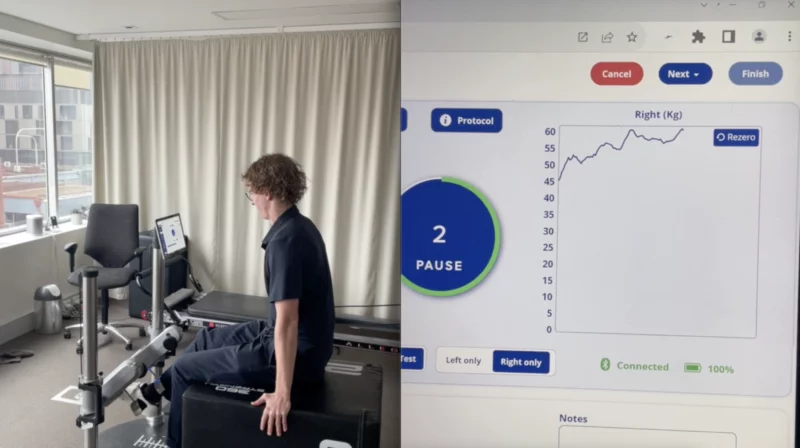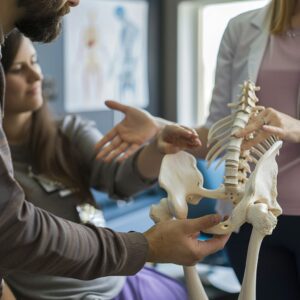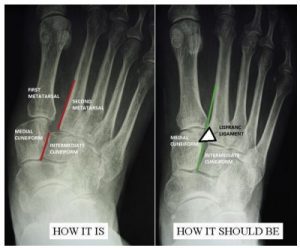by Henry Lambert
One of the main priorities after anterior cruciate ligament reconstruction (ACL) surgery is the restoration of knee extensor strength. Failure to regain adequate quadriceps muscle size and strength is linked to poor outcomes and increased risk of ‘re-injury’.
Wellsandt et al. (2017) found that only 29% of athletes achieve adequate quadriceps strength at six months post-surgery. Resolution of quadriceps strength should be used as an early-mid stage rehab marker prior to restoring movement quality, explosive power, and sport specific tasks.
Achieving optimal quadricep loading can prove challenging due to pain, swelling and muscle inhibition. Additionally, clinicians need to be mindful of biological healing constraints, and safety. Appropriate exercise intervention and use of strength and conditioning principles are crucial to optimising load and maximising quadriceps strength.
Strategies to optimise recovery of knee extensor strength
High load, high volume resistance training is the best way to increase muscle strength and size. Due to pain, swelling and muscle inhibition, this is often not possible. Low load, high volume resistance training appears to be able to recruit a similar number of type II motor units and induce similar muscle hypertrophy to high load training when the working set is continued close to volitional fatigue. This is a useful strategy to load the quadriceps while the knee is load compromised.
Blood flow restriction (BFR) training can be a useful adjunct. Low-load, high volume resistance training with BFR can result in greater strength and muscle hypertrophy when compared to resistance training at the same intensity under normal flow. Under ischemic conditions, type I motor units fatigue rapidly, allowing recruitment of type II units. Athletes with significant pain on resisted knee extension are able to exercise with lower loads and achieve similar outcomes to resistance training at moderate to high loads without BFR.
Exercise selection
Exercise selection is imperative to optimising quadriceps load. Open kinetic chain (OKC) exercises are able to isolate the desired muscle and hence achieve high levels of activation and fatigue. Closed kinetic chain (CKC) exercises (feet on the ground) are more functional and task specific. CKC exercises are prone to allowing the athlete to ‘cheat’ using biomechanical strategies to avoid loading the desired muscles. Consequently, CKC exercises alone are not enough to induce optimal loading of knee extensor muscles. Therefore, it is recommended to use a mixture of both exercise types but not CKC alone.
To minimise unwanted stress on the patellofemoral joint and to protect the healing knee, it is recommended to initially restrict high load OKC training between 40-90 degrees of knee flexion, and CKC between 0-80 degrees flexion.

Buckthorpe, M, La Rosa, G & Villa, FD 2019, ‘Restoring Knee Extensor Strength After Anterior Cruciate Ligament Reconstruction: A Clinical Commentary’, International Journal of Sports Physical Therapy, vol. 14, no. 1, pp. 159–172.
Wellsandt E, Failia MS, Synder-Mackler L 2017, ‘Limb Symmetry Indexes Can Overestimate Knee Function After Anterior Cruciate Ligament Injury’, J Orthop Sports Ther., vol. 47, pp. 334-8.




